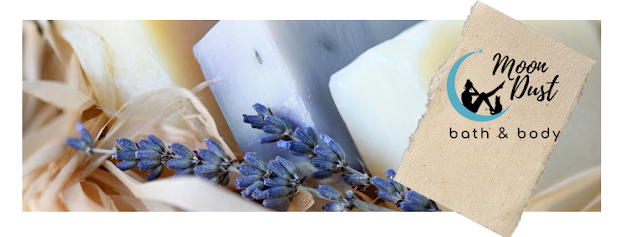Highlights of Shea Butter
Shea Butter is well known to assist skin dryness. Shea Butter melts at skin temperature, making it ideal for lip and body balms as well as handcrafted soaps, lotions and skin creams.
Shea butter is extracted from the nuts of the Shea tree (Butyrospermum parkii), which grows in the savannah of Western Africa. The English name Shea comes from its Bambara name "sii", which means sacred. As a sacred tree, it is treated with particular respect. The funeral beds of early kings were carved from the wood of shea trees.
Growing up to 60 feet tall, the Shea tree does not flower before it is 20 years old and can live up to 200 years. The Shea nuts are traditionally harvested by women. Then crushed and boiled to extract the Shea butter.
 The Shea Butter Lady Lilie's Soaps n Such uses is obtained by cold pressing the seeds. Then the butter is refined using organic clays to remove color an impurities. The odor is removed by injection of steam to "blow-off" the volatile oils which contribute to Shea butter's sharp, objectionable odor. There are no chemicals used to process the Shea butter we use in our skin care products.
The Shea Butter Lady Lilie's Soaps n Such uses is obtained by cold pressing the seeds. Then the butter is refined using organic clays to remove color an impurities. The odor is removed by injection of steam to "blow-off" the volatile oils which contribute to Shea butter's sharp, objectionable odor. There are no chemicals used to process the Shea butter we use in our skin care products. In the hot Sahara or Savannah, Shea butter protects the skin from the sun and dehydration. For millenia, people have used it to protect their skin from the drying winds and sun as well as to heal many skin problems, minor cuts and burns. The Egyptian Queen Nefertiti, who was magnificently beautiful, was said to owe her legendary beauty to the use of Shea butter.
Shea Butter contains fatty acids; oleic acid, linoleum and stearic acid are the main ones. The stearic acid content can be as high as 30-50%, making this vegetable butter very similar to animal fat. Suggesting this is one of the reasons why it is readily absorbed into the body. vitamins A, E and D are also found in Shea Butter as well as allantoin. These factors make Shea Butter an excellent help for these ailments.
Ingredients:
Botanical Name: Butyrospermum Parkii (Shea Butter) Fruit
Common Name: Shea Butter


Comments
Post a Comment